
 |
|
|
|
#1
|
|||||
|
|||||
|
Heres a few pics of it being built and filled.
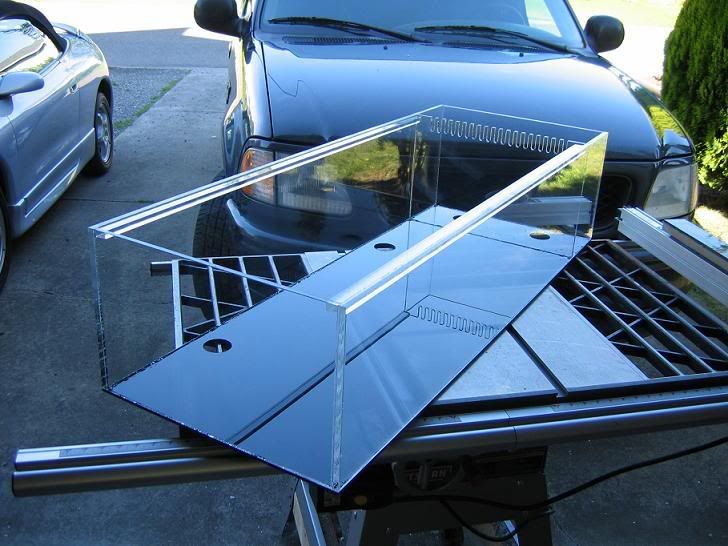  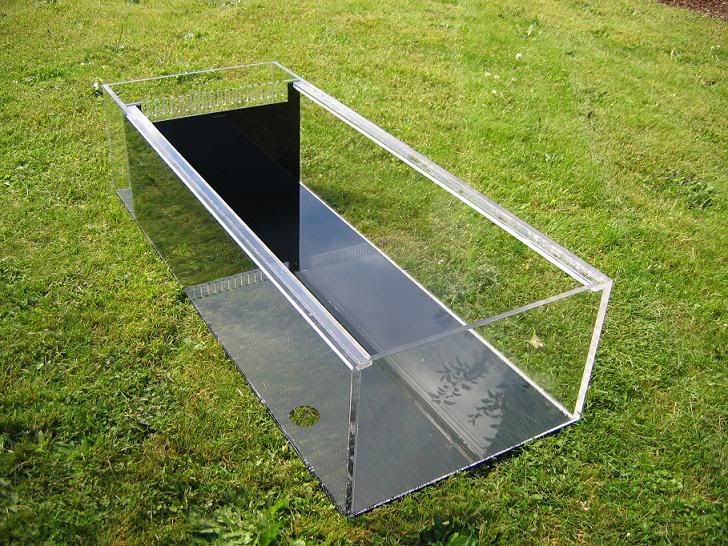 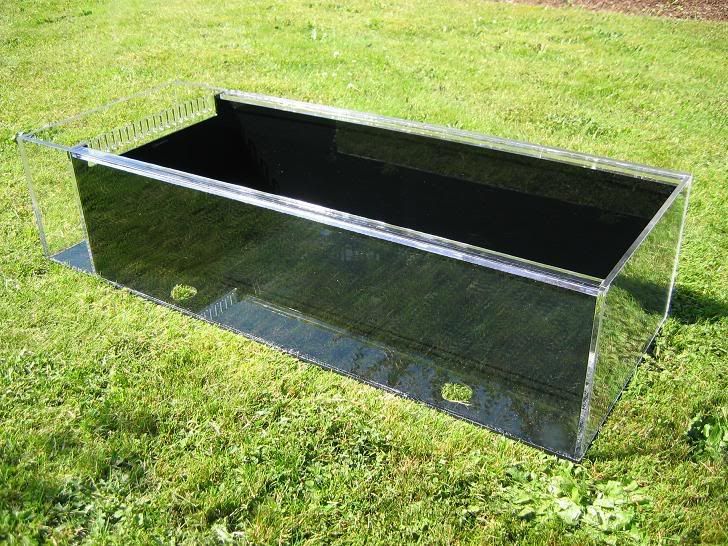 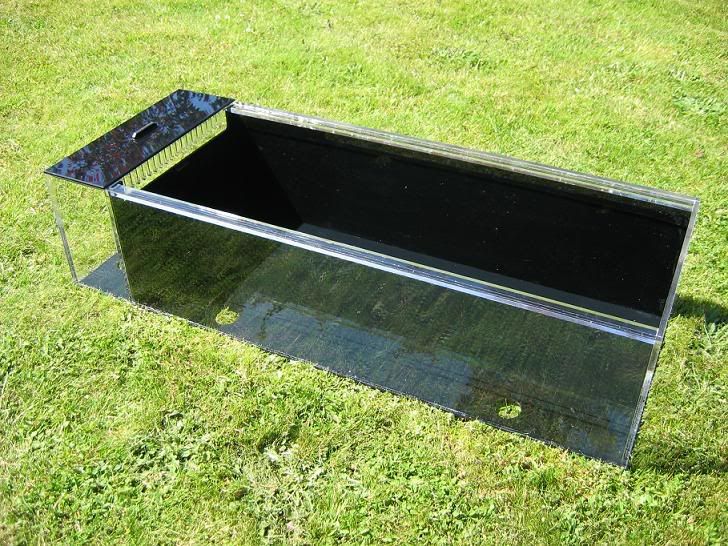 Sorry bout the dark pics....  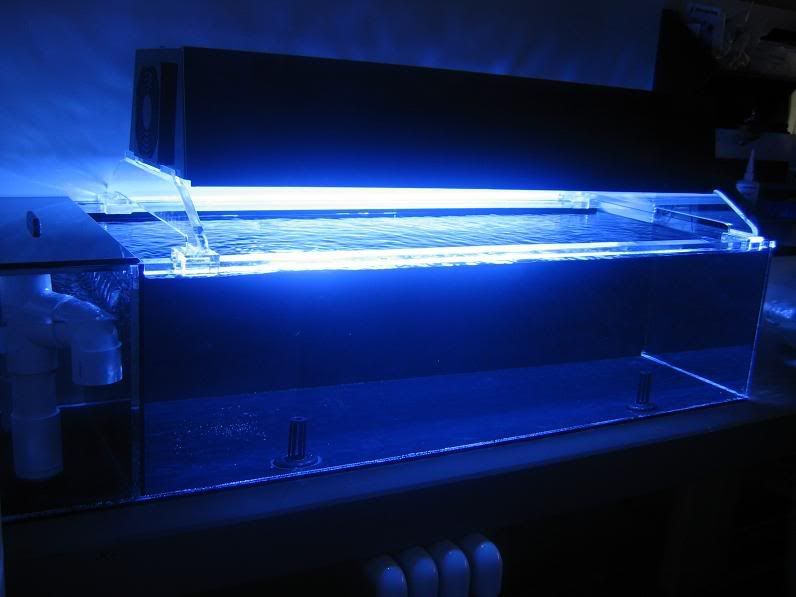 It is fed only on overflow water on its way down to the sump...i was very pleased with the flow i can get through it without the use of any pumps. Lighting is 2x 175w hamilton 14k`s, well see how this works.  Now, whered that robot fragger i built go to now ... Marc.
__________________
Confucious say : Things that come to those who wait, will be things left over by those who didnt. |
|
#2
|
||||
|
||||
|
LOL We knew you could do it!! (robot fragger)
by the way nice frag tank. |
|
#3
|
|||||
|
|||||
|
very nice Marc. I hope to see it in person soon.
__________________
 Greg |
|
#4
|
|||||
|
|||||
|
Nice Marc. WOW those are such clean lines. Nice glue job on the seems
J |
|
#5
|
|||||
|
|||||
|
marc that is AWESOME. but i have to say i wish you would have let me see 'my' frag tank before you showed it to everyone!
amazing job again superfudge. you definitely are saltwater super hero |
|
#6
|
|||||
|
|||||
|
Hey Marc nice job, one thing where's the dog, when he get's older he'll never fit...A little cold water and me things he'll go for it
Laterrrrrrrrr:RJ |
|
#7
|
|||||
|
|||||
|
How do you get the edges so nice and polished like that? Any tips?
__________________
-- Tony My next hobby will be flooding my basement while repeatedly banging my head against a brick wall and tearing up $100 bills. Whee! |
|
#8
|
|||||
|
|||||
|
Thanks guys,
Jason, the seam work i still need practice on, still too many bubbles for my liking....but i used the pin method on this one, it seemed to work well. The joint is filled with glue when its actually lifted about a 32`nd of the panel its being glued to, then pins are removed after the glue has tacked up a few seconds. Tony, theres two methods that i use to polish, first i always joint or route all finished edges before they are installed. Depending on the piece and the type of acrylic, i may use the novus 3 step polishing compounds and a buffer wheel on my bench grinder...or i may flame the edges, using a propane torch. when flaming you have to be careful, because you cannot glue too near that area afterwards, the acrylic will craze. Marc.
__________________
Confucious say : Things that come to those who wait, will be things left over by those who didnt. |
|
#9
|
|||||
|
|||||
|
I've never really had much luck with flaming. I guess you need a practised hand - I ended up overheating a spot and it bubbled up on me.
This pin method sounds interesting - I can't quite picture it, how do you remove the pins, do you just fill the pinholes with weldon 16 to make them invisible? Sorry for the hijack BTW - tank looks great.
__________________
-- Tony My next hobby will be flooding my basement while repeatedly banging my head against a brick wall and tearing up $100 bills. Whee! |
|
#10
|
|||||
|
|||||
|
Tony, you use the pins as shims between the two pieces, there aren't any holes afterwards. This works well for larger sheets and gives a really nice joint.
__________________
Brad |